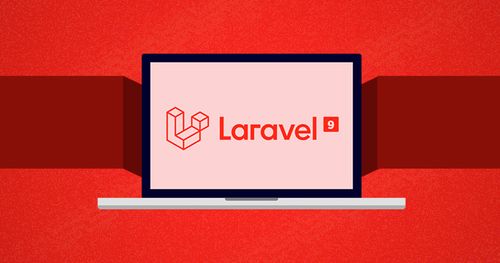Laravel, known for its elegant syntax and powerful tools, continues to evolve. In Laravel 9, email verification is a vital feature that enhances the security and reliability of web applications. In this comprehensive guide, we will delve into the world of email verification in Laravel 9, explore the importance of custom email verification, guide you through its implementation, and empower you to secure your application like a seasoned developer.
The Importance of Email Verification in Laravel 9
Email verification plays a pivotal role in Laravel 9 applications for several reasons:
User Validation: Email verification ensures that users are who they claim to be, reducing the risk of impersonation and unauthorized access.
Enhanced Security: Verified email addresses add an extra layer of security, protecting user accounts from fraudulent activities.
Reduced Spam: By confirming email addresses, Laravel 9 applications can mitigate spam and fake registrations.
Improved User Experience: Email verification contributes to a seamless and trustworthy user experience, fostering user confidence in your application.
Implementing Custom Email Verification in Laravel 9
Laravel 9 allows developers to implement custom email verification effortlessly. Here's a high-level overview of the process:
Fresh Installation: Start with a fresh Laravel 9 installation or use an existing project.
Configuration: Configure your application to use the database, mail, and queues, if not already set up.
Migration: Create a migration for the email_verifications table, which will store email verification tokens.
Fortify Installation: If not already installed, integrate Laravel Fortify into your application to simplify authentication and email verification.
Notification: Generate a notification for the email verification email using php artisan make:notification VerifyEmail.
User Model: Ensure your User model uses the Illuminate\Contracts\Auth\MustVerifyEmail contract.
Email Verification URL: In your registration process, send the verification email with a link that includes a signed URL to your verification.verify route.
Verification Controller: Create a VerificationController to handle email verification logic, such as validating the signature and marking the user as verified.
Middleware: Protect routes that require verified email addresses by using the verified middleware provided by Laravel Fortify.
Testing: Thoroughly test your email verification flow to ensure it works as expected.
Troubleshooting Email Verification Issues in Laravel 9
While implementing email verification in Laravel 9 is relatively straightforward, you may encounter challenges. Here are some common issues and their solutions:
Problem 1: Email Not Sent
- Solution: Ensure your email configuration (e.g., mail driver, SMTP settings) in
.envis correct.
Problem 2: Token Mismatch
- Solution: Verify that you are using the correct verification token in your email verification URL.
Problem 3: Expired Token
- Solution: Tokens typically expire after a set time. Refresh the page to request a new token if it has expired.
Problem 4: Invalid Signature
- Solution: Ensure that the URL signature is generated and validated correctly.
Problem 5: Route Not Defined
- Solution: Check your routes file to ensure the
verification.verifyroute is defined.
Leveraging Laravel Fortify for Email Verification
Laravel Fortify is a powerful authentication and verification toolkit that simplifies the process of implementing email verification in Laravel 9. By integrating Fortify, you can take advantage of its pre-built features and reduce development time.
Common Questions About Email Verification in Laravel 9
Q1: Is email verification mandatory in Laravel 9?
A1: Email verification is not mandatory but is highly recommended to enhance application security and user trust.
Q2: Can I customize the email verification email sent to users?
A2: Yes, you can create a custom notification and modify the email content and design.
Q3: Is Laravel Fortify required for email verification in Laravel 9?
A3: While not mandatory, Laravel Fortify simplifies email verification implementation and is recommended for ease of use.
Q4: How long do email verification tokens remain valid in Laravel 9?
A4: The default token expiration period is typically set to one hour but can be configured to suit your application's needs.
Q5: Can I resend the email verification email to a user in Laravel 9?
A5: Yes, you can provide users with an option to resend the verification email if needed.
In conclusion, email verification in Laravel 9 is a crucial feature for enhancing application security and user trust. By understanding its significance, implementing custom email verification, and troubleshooting common issues, you can harness the full potential of Laravel 9 and deliver a secure and seamless user experience. Trust in Laravel's capabilities, and elevate your web application development with email verification in Laravel 9 today.



